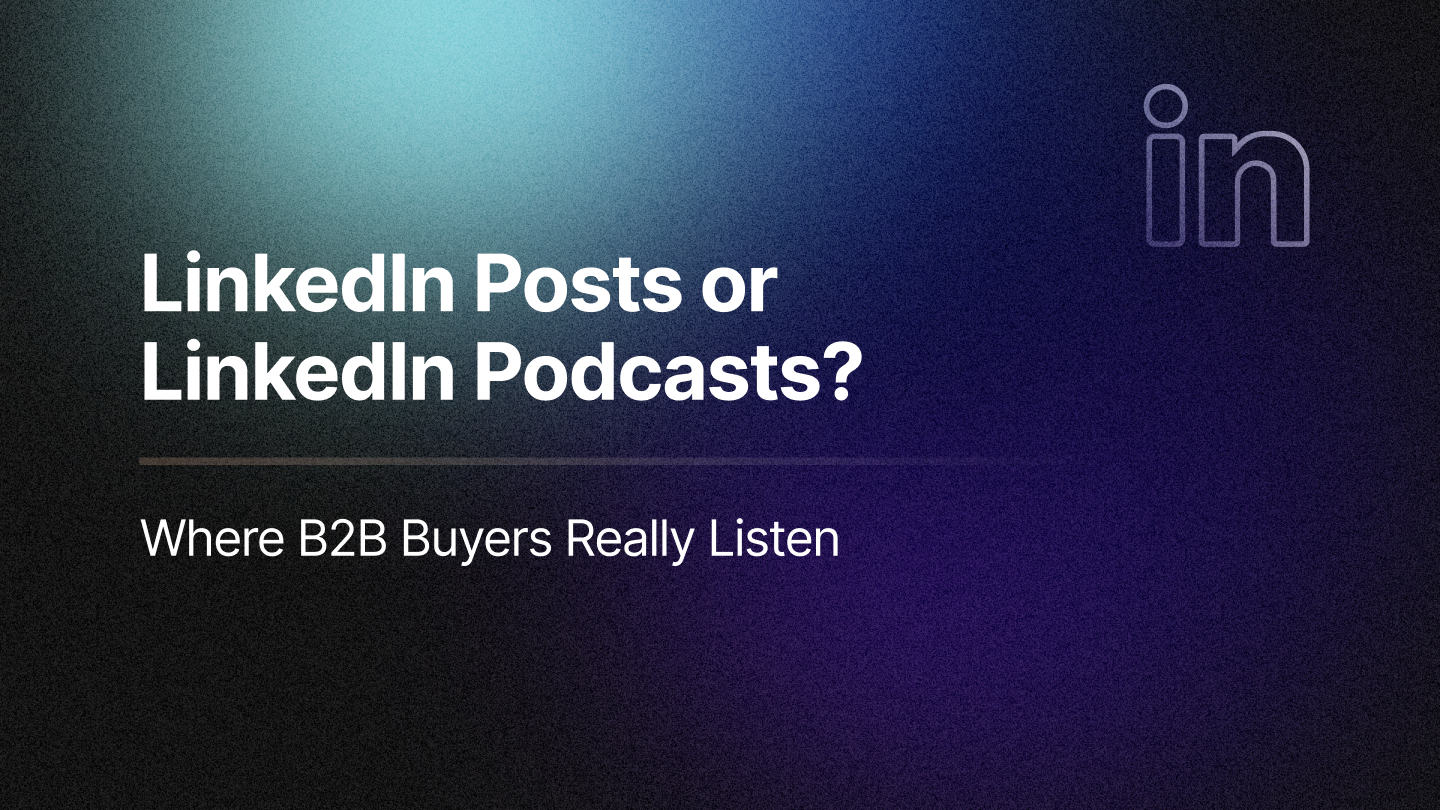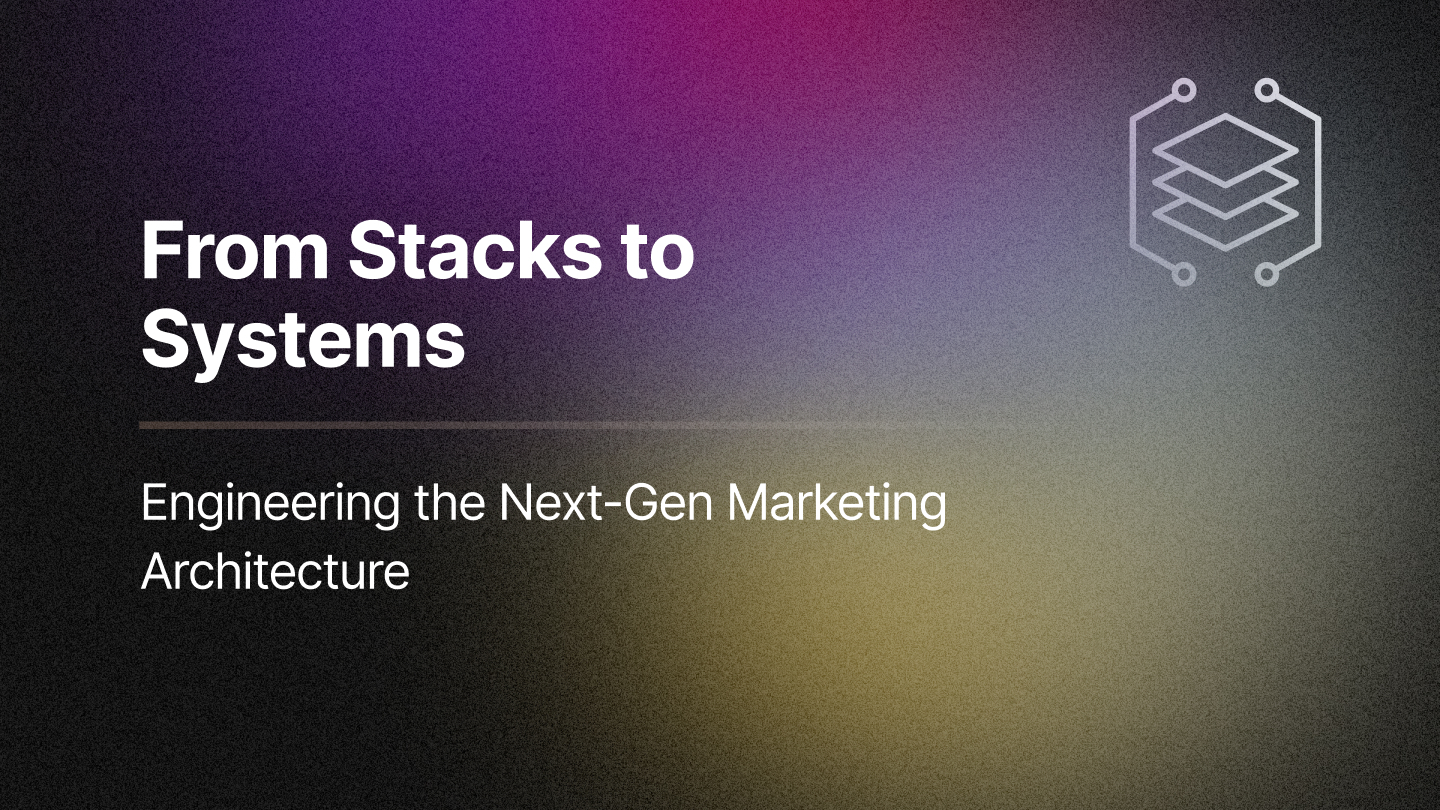Source-based attribution is a widely used approach in B2B marketing to measure the effectiveness of various channels, including marketing, SDR/BDR, partner, and sales teams. While this method is straightforward to implement, it often falls short of accurately capturing the complete buyer journey, ultimately undermining the true effectiveness of marketing efforts.
By focusing solely on the initial touchpoint, source-based attribution often misses the nuanced, multi-layered journey that B2B buyers undergo. This oversight not only distorts the true effectiveness of your marketing efforts but can also lead to misguided strategy decisions, ultimately costing you both opportunities and revenue.
In this blog, we dive into the limitations and risks of relying solely on source-based attribution in B2B marketing. We’ll explore how this method can lead to skewed insights that fail to account for the complex, multi-touch nature of the B2B buyer journey. You’ll discover why over-reliance on source-based data can result in misallocated resources, missed opportunities, and an incomplete understanding of what truly drives conversions. We’ll also discuss alternative attribution models that provide a more holistic view of your marketing effectiveness, helping you make smarter, data-driven decisions that align with your overall business goals.
The Buyer Journey in B2B Marketing: A Complex Path
In B2B marketing, the buyer journey typically follows several stages:
- Awareness: The buyer becomes aware of a problem or opportunity.
- Interest: The buyer begins to explore solutions to their problem.
- Consideration: The buyer evaluates different options, including your product or service.
- Research: The buyer dives deeper into understanding the offerings in the market.
- Evaluation: The buyer compares and contrasts different solutions.
- Purchase: The buyer makes a final decision and completes the purchase.
Source-based attribution, however, tends to focus on the latter stages of this journey, such as Consideration, Evaluation, and Purchase, often neglecting the crucial early stages of Awareness and Interest.
Why Source-Based Attribution Falls Short for B2B Marketing
Incomplete Buyer Journey Measurement
Source-based attribution typically starts measuring from the Consideration stage onwards, missing out on the early stages of Awareness and Interest. These early stages are often where marketing efforts, such as brand awareness campaigns, content marketing, and social media engagement, have a significant impact. However, because these touchpoints occur before a buyer shows direct interest (e.g., through a form fill or ad click), they are often overlooked in source-based attribution models.
A study found that 67% of the buyer journey is completed online before the buyer even reaches out to a sales representative. This means that a significant portion of the buyer's decision-making process occurs during the Awareness and Interest stages, which source-based attribution models fail to capture.
Missed Influences
During the Awareness phase, buyers are exposed to various marketing efforts that shape their perception of your brand and influence their decision-making process. These efforts might include social media posts, content pieces, webinars, or even word-of-mouth recommendations. However, if these touchpoints do not lead to immediate engagement, such as a form submission or ad click, they are not captured in source-based attribution models.
According to a study by DemandGen, 47% of B2B buyers view 3 to 5 pieces of content before engaging with a sales rep. This demonstrates the importance of early-stage content in influencing buyers, yet source-based attribution models often miss these critical touchpoints.
Undermined Marketing Impact
By focusing only on the latter stages of the buyer journey, source-based attribution undermines the true impact of marketing. It fails to recognize the cumulative effect of multiple touchpoints across the entire journey, leading to an underestimation of marketing's contribution to the pipeline.
Discourages Collaboration
When source-based attribution only credits the latter stages of the buyer journey, it can create silos between marketing, SDR/BDR, partners, and sales teams. Marketing may be discouraged from investing in brand awareness and top-of-the-funnel activities because their contributions are not adequately measured. This lack of recognition can lead to less collaboration and a fragmented approach to driving revenue.
A report by SiriusDecisions highlights that organizations with tightly aligned sales and marketing functions achieve 24% faster three-year revenue growth and 27% faster three-year profit growth. However, source-based attribution can hinder this alignment by failing to credit the full buyer journey.
The Need for a Comprehensive Attribution Model
To truly measure the effectiveness of marketing efforts, B2B organizations need to move beyond source-based attribution and adopt a more comprehensive attribution model that captures the entire buyer journey. This model should:
- Incorporate all stages of the buyer journey, from Awareness to Purchase.
- Include all touchpoints that influence a buyer's decision, regardless of whether they lead to immediate engagement.
- Utilize feedback loops from pipeline and closed-won deals to continuously refine and improve the accuracy of the attribution model.
Rethinking Your Attribution Strategy
Source-based attribution may offer the comfort of simplicity, but it comes at the cost of accuracy. By failing to capture the full buyer journey, it risks providing a skewed view of marketing effectiveness, leading to misaligned strategies and missed opportunities.
In today’s complex B2B landscape, where the buyer journey is more nuanced than ever, it’s crucial to adopt an attribution model that reflects the true impact of all marketing efforts. Don’t let the ease of source-based attribution give you a false sense of precision—invest in a comprehensive approach that drives real insights and fosters collaboration across your organization.
Related Blogs








